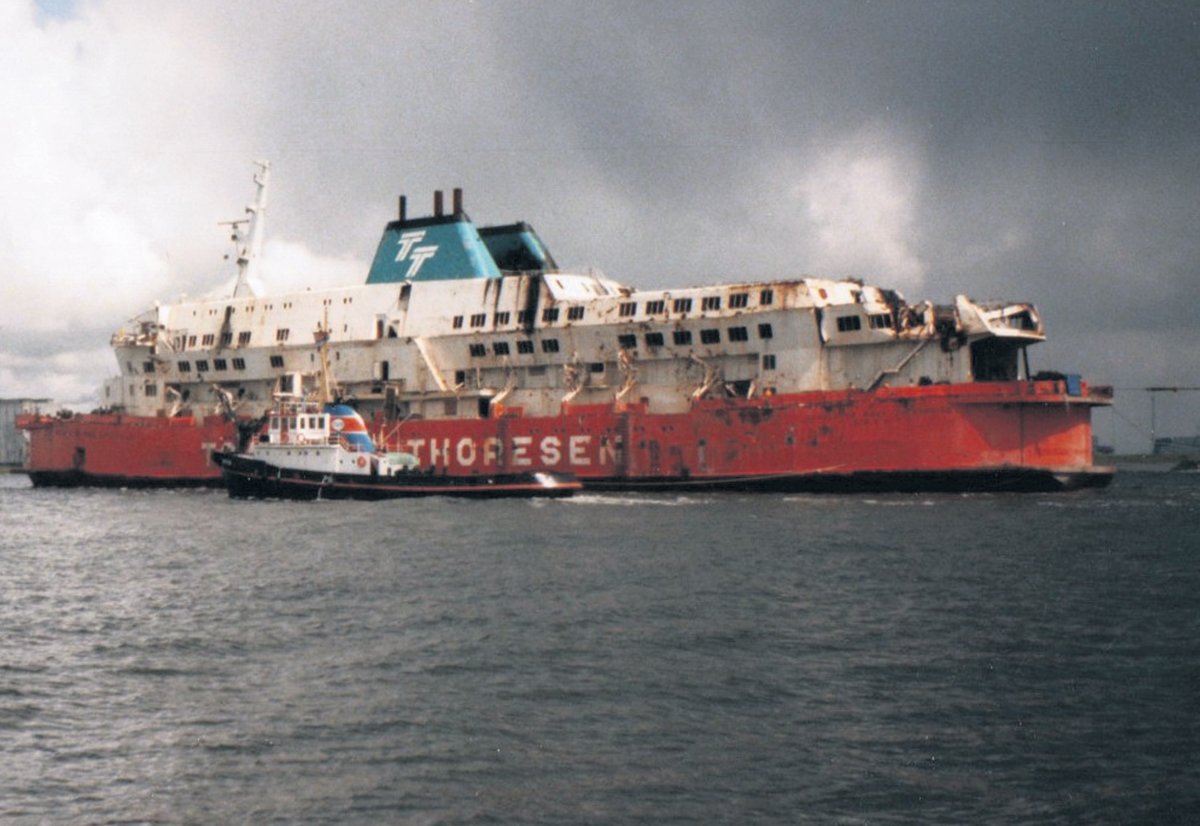1987 Zeebrugge disaster: a consequence of corporate greed
Simon Carter
Thirty years ago, 193 passengers and crew drowned off the coast of Belgium after P&O’s Herald of Free Enterprise car ferry capsized. One of the dead was seafarer and Militant (forerunner of the Socialist) supporter Geoff Haney.
Years before, Geoff had risked his job to protect three Chilean Socialist Party stowaways, fleeing the brutal dictatorship of General Pinochet, who were caught on board the ship and locked in the hold. Geoff had been politically motivated by events in Chile and his union, the National Union of Seamen, had organised an international boycott against the dictatorship.
In a fitting tribute to Geoff, his sister Sue donated his victim compensation award to finance an office for members of the Committee for a Workers’ International (to which the Socialist Party is affiliated) working underground in Chile.
Profit
The Zeebrugge tragedy was no accident. It was a disaster waiting to happen, based on systemic failures by a company driven to maximise profit. In that sense ‘Herald of Free Enterprise’ was an apt name.
A year earlier Tory prime minister Margaret Thatcher had awarded a knighthood to P&O chairman Jeffrey Sterling for “public service and services to industry”.
The Herald was supposed to be a state of the art ‘roll-on, roll-off’ ferry – but critics described the shallow draft vessel as ‘roll-on, roll-over’.
In order to ensure the turnaround time was kept to a minimum the ferry steamed out of Zeebrugge port on the fateful night with its bow and stern doors open. Something the owners had been previously warned of, but ignored.
Sea water poured onto the car deck causing the ferry to capsize into the freezing waters in less than two minutes. If it hadn’t sunk onto a sandbank it would’ve turned turtle with a greater loss of life.
Incredibly, the captain had no view from the bridge of the bow doors, nor was there even a bell on the bridge to indicate that the bow doors were closed.
As could be expected several hapless crew members were later blamed for the tragedy, although several others were named for their outstanding heroism. And, as usual, a charge of corporate manslaughter against the company was dismissed by a judge, despite an inquiry identifying ‘corporate negligence at every level of the company’s hierarchy’.
Months after the Zeebrugge disaster P&O ferries were still leaving port with open doors and crew training reportedly remained poor.
In 1988 P&O attempted to sack all 2,300 of its ferry workers in Dover over the seafarers’ refusal to allow cuts in the workforce which would impact on passenger safety. Free enterprise indeed.
- These events are covered in more detail in The Rise of Militant by Peter Taaffe, available at leftbooks.co.uk for £11.99.









